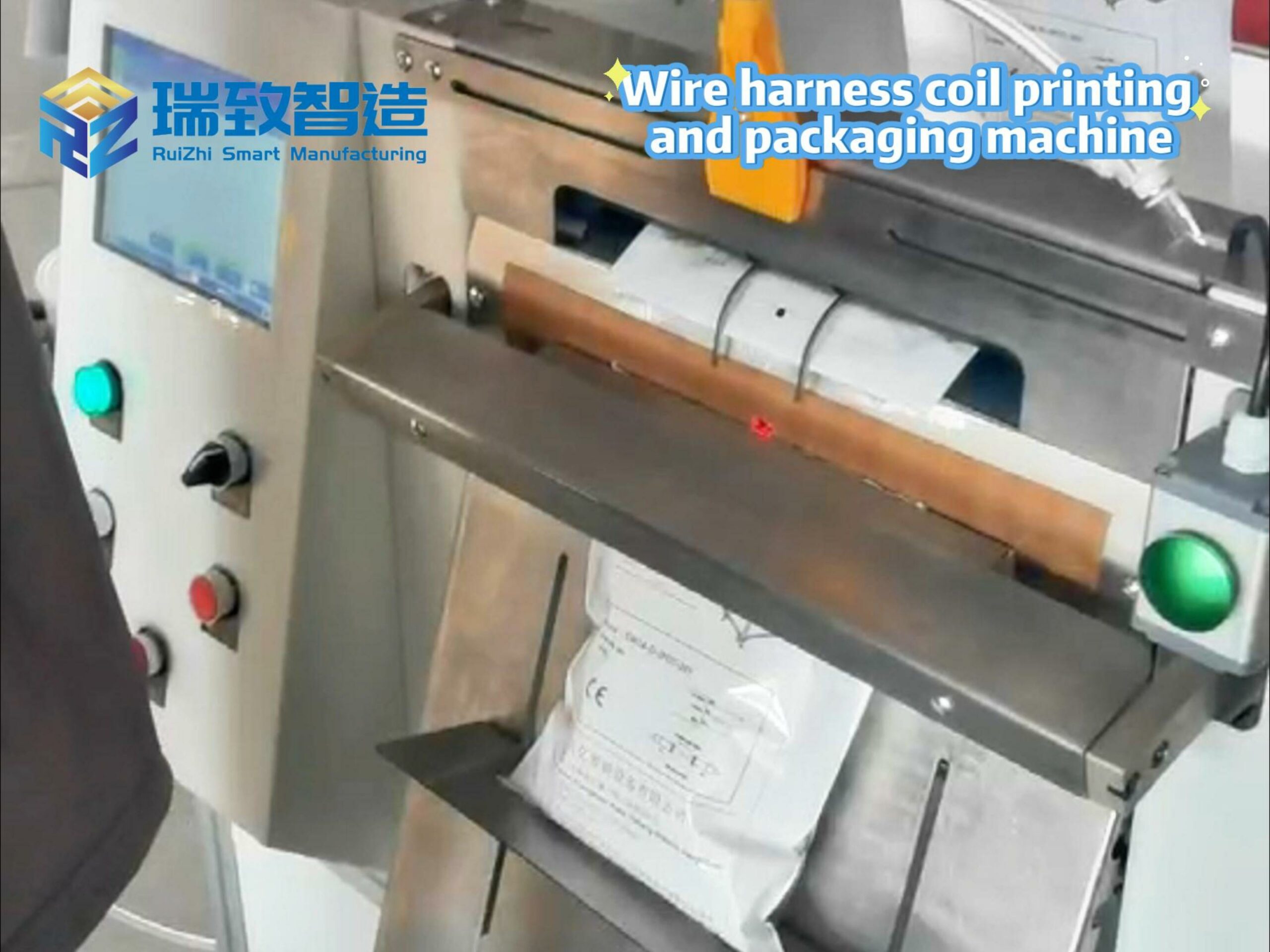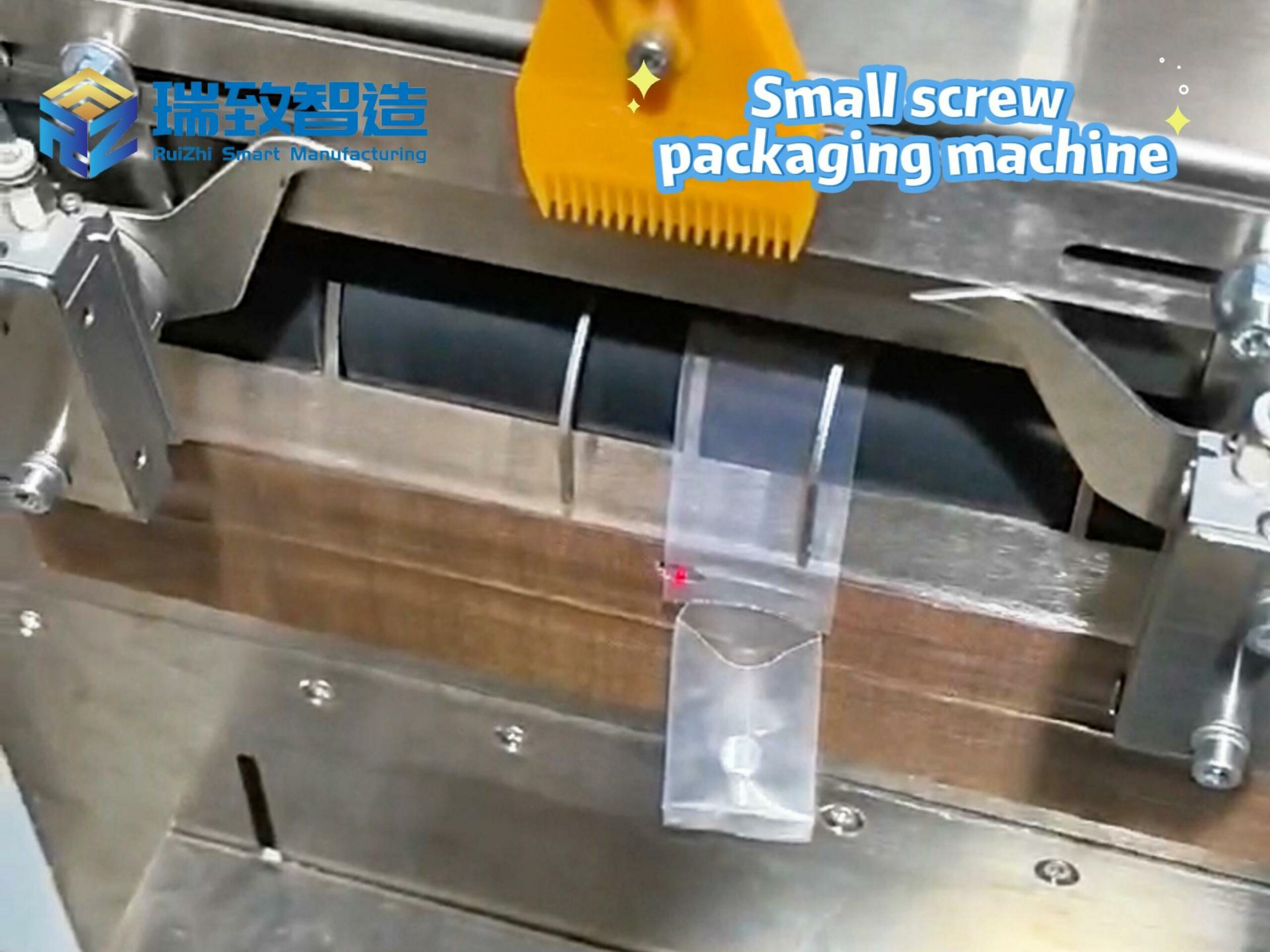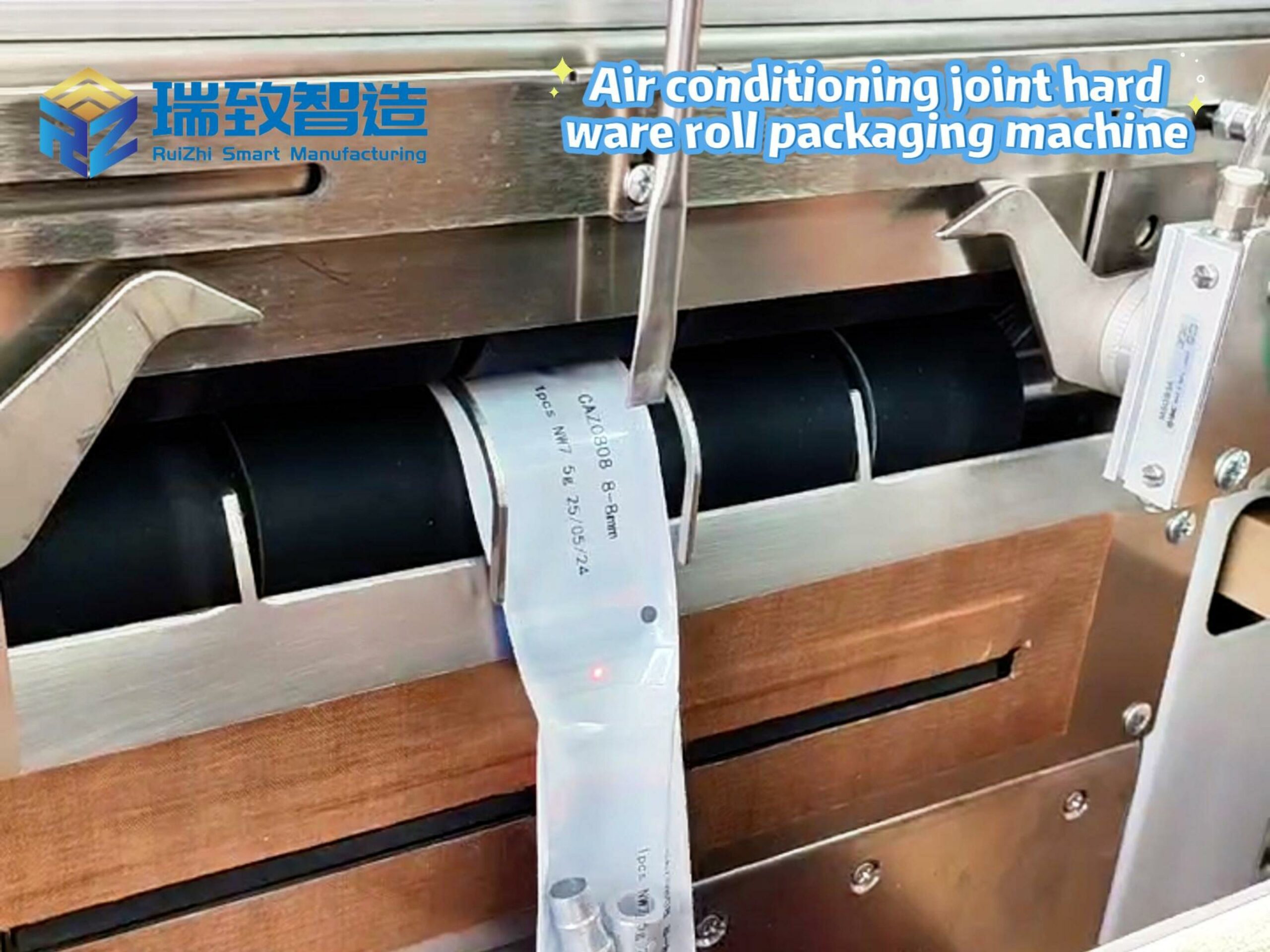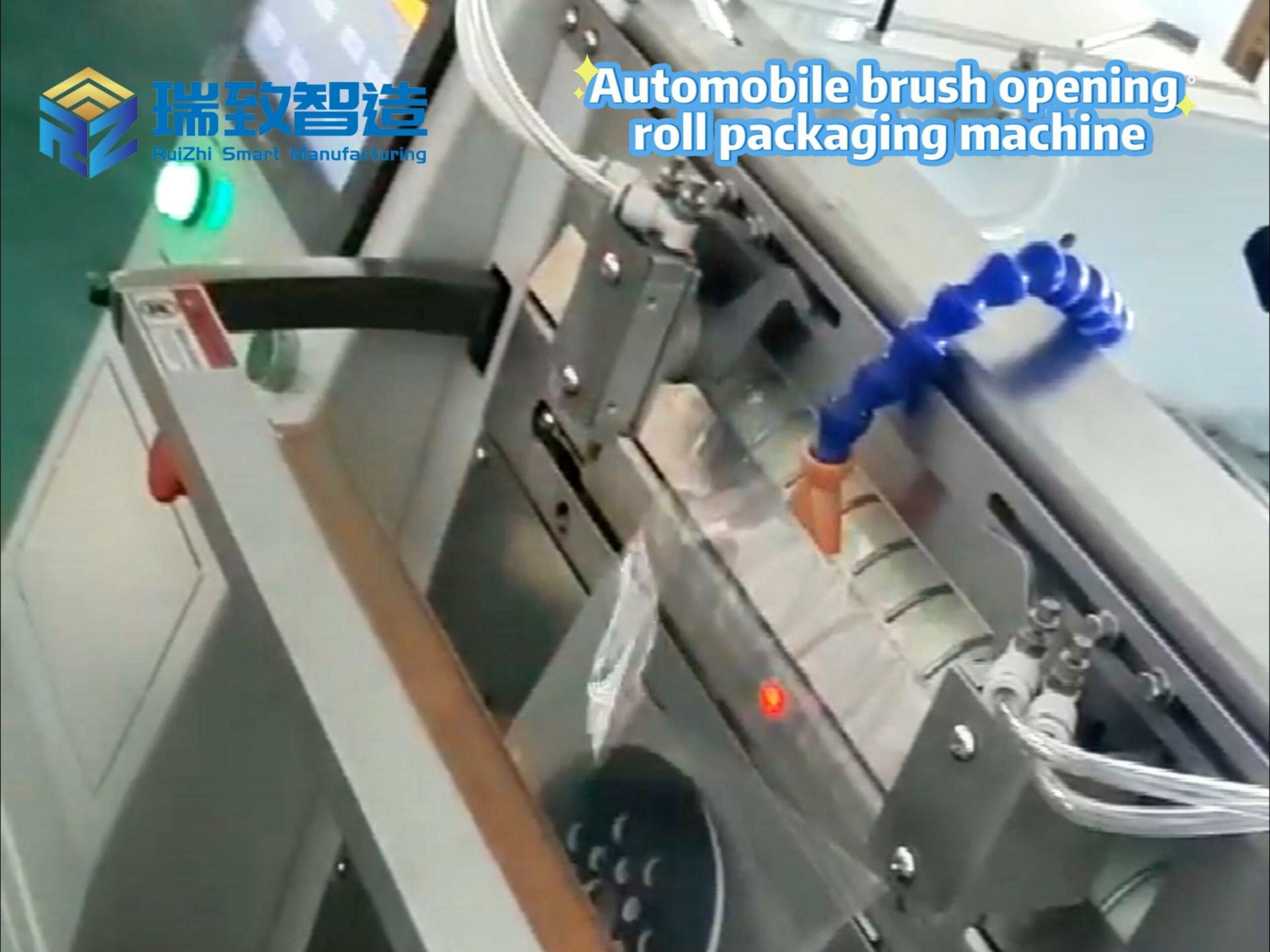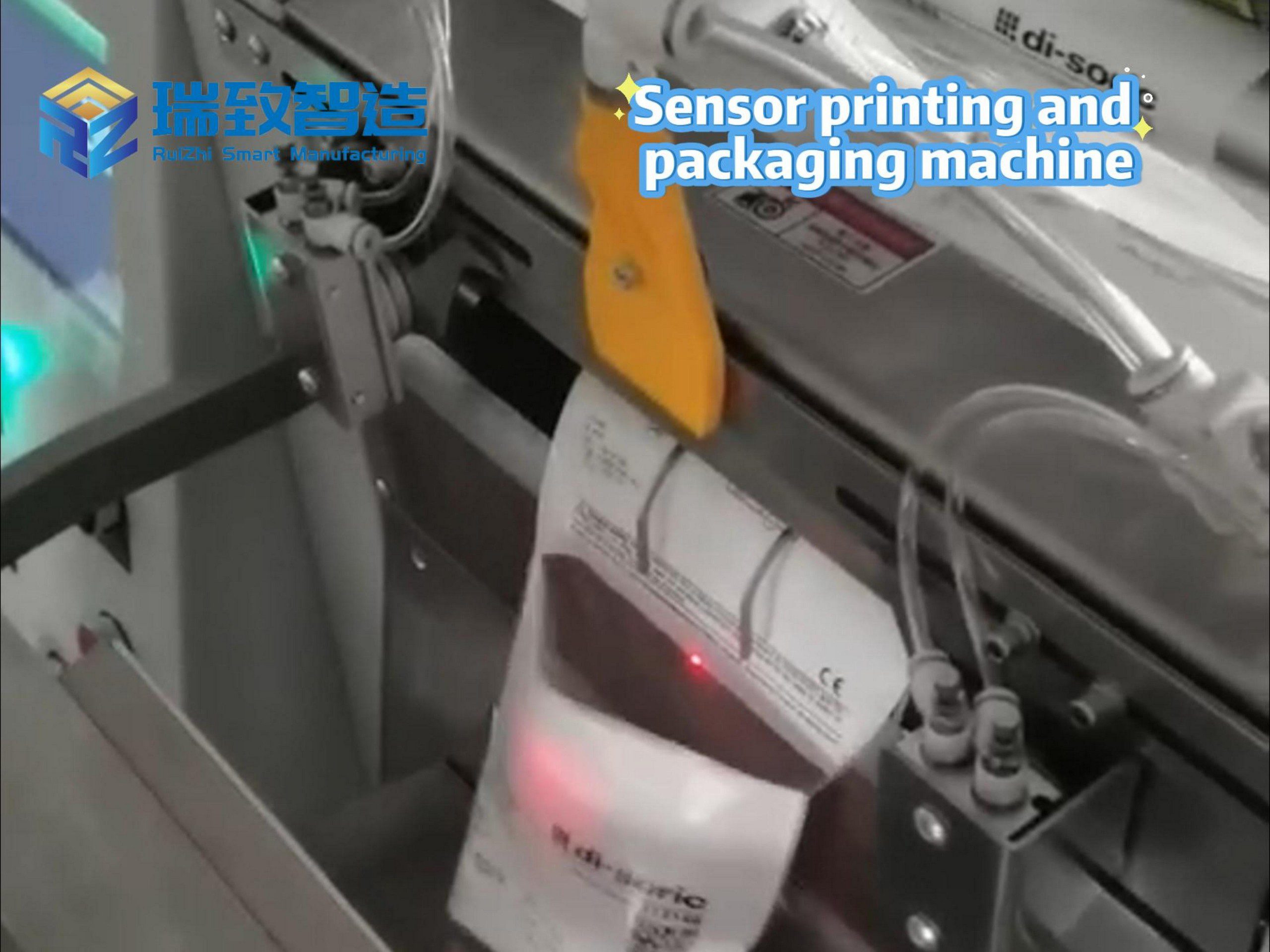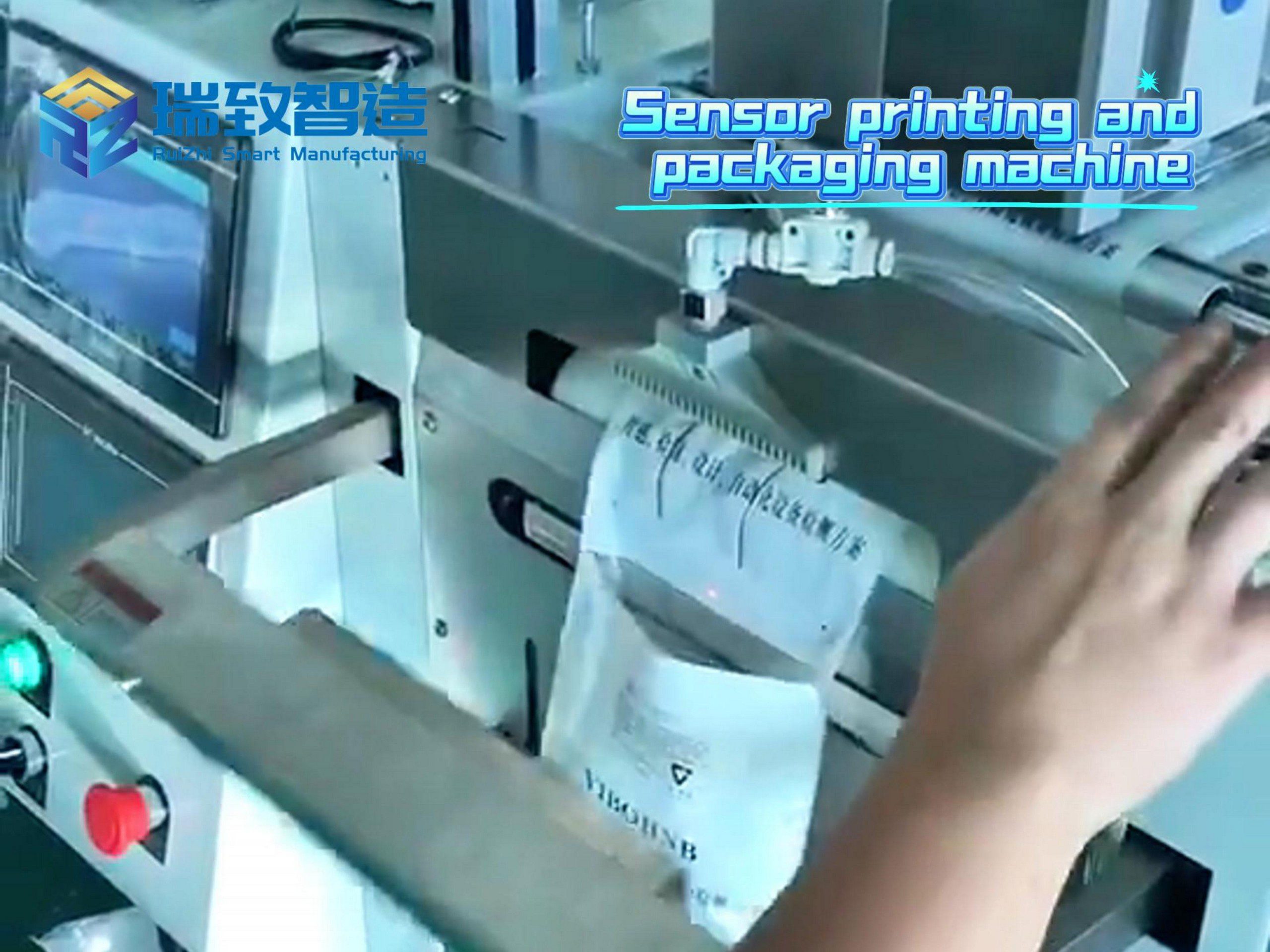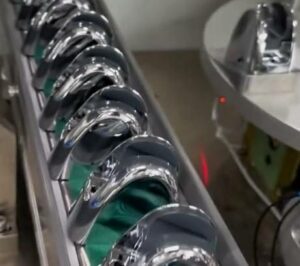
The torque is customized by material: 1.8-2.2 N·m for acrylic bases (to avoid cracking) and 2.5-3.0 N·m for FRP bases (to ensure tight sealing). A pressure sensor monitors the flange’s compression on the gasket—ensuring the gasket is compressed to 30-40% of its original thickness (the optimal range for water tightness).
Edge trim bonding: For bases requiring edge sealing, a servo-driven glue dispenser applies a continuous, uniform bead of waterproof glue (width 3-5mm, thickness 2mm) along the base’s edge. A heating plate (temperature 60±5℃) then presses the trim strip onto the glue, with pressure controlled at 10-12N to ensure firm bonding without deforming the base.
- Multi-Dimensional Quality Detection Unit: Guarding Against “Leakage + Safety” Risks
Shower bases face two key quality risks: water leakage (from drainage ports or panel gaps) and safety hazards (loose anti-slip panels, sharp edges). The detection unit implements three levels of inspection:
Sealing performance test: The assembled base is placed on a waterproof test platform, and the system seals the drainage port and injects water to a height of 50mm (simulating bathing water depth). After 10 minutes, a moisture sensor array under the platform checks for leaks—if any sensor detects moisture, the base is marked as unqualified (common causes: missing gaskets, insufficient flange torque).
Anti-slip panel adhesion test: A tensile tester applies a vertical force of 500N to the anti-slip panel (simulating a person stepping on the edge). If the panel’s displacement exceeds 0.5mm, it is rejected (indicating weak bonding). For rubber panels, a friction coefficient tester also verifies the anti-slip performance (coefficient ≥0.6, meeting national safety standards).
Appearance and safety inspection: An AI vision system with a 360° camera array checks for surface defects (scratches ≥0.5mm, glue overflow) and edge smoothness (no burrs >0.2mm). For custom bases with heating elements, a resistance tester verifies the heating circuit’s insulation performance (ensuring no electric leakage risks).
- Digital Central Control System: Enabling “Traceability + Flexibility”
The system adopts a “PLC + industrial IoT + MES integration” architecture, connecting the entire assembly process to data:
Real-time production monitoring: Operators can view key metrics on a touchscreen, including production speed (up to 120 units/hour for standard models), pass rate, and equipment status. If a fault occurs (e.g., glue shortage, robot jamming), the system sends an alert to the maintenance team’s mobile app and provides step-by-step troubleshooting guidance (e.g., “Check glue tank level; replace filter if clogged”).
Full-process data traceability: Each shower base is assigned a unique serial number, linked to assembly data (torque values, glue application parameters), component batches (base material supplier, gasket lot number), and detection results (water test duration, friction coefficient). If a post-sales leak occurs, the enterprise can trace the root cause (e.g., “Flange torque 1.6 N·m, below the required 1.8-2.2 N·m”) within 5 seconds.
Quick model changeover: For switching between base sizes (e.g., 900×900mm to 1000×1000mm), operators only need to select the new model on the touchscreen. The system automatically adjusts conveyor width, robot movement paths, and detection parameters—completing the changeover in 8 minutes (compared to 2-3 hours for manual retooling).
Key Technological Breakthroughs: Overcoming Shower Base-Specific Assembly Challenges
The popularization of shower base assembling machines relies on three targeted technological breakthroughs, addressing the unique difficulties of assembling large, multi-material sanitary ware components.
- Multi-Material Adaptive Assembly Technology: From “Single-Material” to “One Machine for All”
Traditional automatic equipment could only handle one base material (e.g., acrylic) because different materials require vastly different assembly forces (e.g., FRP is more rigid than acrylic, requiring higher torque). The new adaptive technology solves this through two innovations:
Intelligent force-torque adjustment: The system stores material-specific parameters (acrylic, FRP, stone resin) in a database. When a base enters the assembly station, a material sensor (using infrared spectroscopy) identifies its material and automatically calls the corresponding torque, pressure, and heating parameters. For example, when switching from acrylic to FRP, the flange torque increases from 2.0 N·m to 2.8 N·m, and the edge trim pressing force rises from 10N to 12N—no manual adjustment needed.
Flexible clamping tools: The robot’s clamping jaws use replaceable silicone pads (different hardness for different materials: 50 Shore A for acrylic, 70 Shore A for FRP) to avoid surface damage. The pads are mounted via magnetic adsorption, allowing quick replacement (30 seconds per set) when switching materials. A Guangdong sanitary ware enterprise using this technology now produces 5 types of shower bases on one line, with equipment utilization rate rising from 55% to 90%.
- Drainage Port Sealing Optimization Technology: From “Passive Inspection” to “Active Prevention”
Water leakage at the drainage port is the most common quality issue for shower bases, often caused by uneven gasket compression or flange misalignment. This technology shifts from “testing after assembly” to “controlling during assembly”:
Pre-assembly gasket inspection: Before installation, a laser thickness gauge measures the gasket’s thickness (tolerance ±0.1mm). If the gasket is too thin (≤1.5mm), it will not seal effectively; if too thick (≥2.5mm), it will be difficult to compress—both cases trigger automatic rejection.
Real-time flange coaxiality monitoring: A laser displacement sensor tracks the flange’s alignment with the drainage port during installation. If the coaxiality error exceeds 0.1mm (indicating misalignment), the robot stops and adjusts the flange’s position—preventing uneven gasket compression. A Zhejiang factory test showed this technology reduced drainage port leakage rate from 4.2% (manual assembly) to 0.08%.
- Large-Size Component Positioning Technology: Solving “Deformation + Offset” Issues
Shower bases (especially acrylic models) are prone to slight deformation during transportation or storage, leading to positioning errors during assembly. This technology uses “dynamic correction” to ensure precision:
Real-time deformation scanning: A 3D camera scans the entire base body before assembly, creating a digital model of its actual shape (accounting for deformation like slight warping). The system compares this model to the ideal design and calculates compensation values for component placement.
Adaptive path adjustment: The robot adjusts its assembly path based on the compensation values. For example, if the base’s left side is warped upward by 0.3mm, the robot lowers the left side of the anti-slip panel by 0.3mm to ensure uniform gap alignment. This technology reduced assembly errors for deformed bases from 1.2mm to 0.1mm, significantly improving product consistency.
Industry Application Practices: Customized Solutions for Different Production Scenarios
Shower base assembling machines are not “one-size-fits-all”—they are tailored to enterprises’ production scales, product types, and quality requirements. Below are three typical application cases:
- Large-Scale Mass Production: Ordinary Acrylic Shower Bases
For enterprises with daily output exceeding 3,000 units (e.g., mainstream sanitary ware brands), the focus is on high efficiency and low cost. The assembly line adopts a “multi-station continuous flow” design:
4 assembly robots work in parallel, each handling a specific process (robot 1: anti-slip panel installation; robot 2: drainage flange fastening; robot 3: edge trim bonding; robot 4: initial inspection). The conveyor belt runs at a constant speed (0.5m/min), with each station completing its task in 30 seconds.
The feeding system uses an automated warehouse to replenish base bodies and components—AGVs transport materials from the warehouse to the feeding unit, enabling 24-hour continuous production without manual material handling.
Application effect: A Fujian-based sanitary ware enterprise replaced 30 manual workers with 2 such lines. Daily output increased from 1,800 to 6,000 units; labor cost per unit dropped from 15 yuan to 4 yuan; and the overall pass rate rose from 88% to 99.2%.
- Medium-Batch Production: Anti-Slip FRP Shower Bases
FRP shower bases are popular in high-humidity environments (e.g., public bathrooms) due to their durability, but their rigid texture requires precise anti-slip panel alignment. The assembling machine focuses on precision and anti-slip performance:
A high-resolution 3D camera (12 million pixels) scans the FRP base’s anti-slip groove to ensure the panel’s texture lines align with the groove’s direction (preventing water from pooling). The robot uses a “soft pressing” method (gradually increasing pressure from 5N to 12N) to bond the panel, avoiding FRP cracking.
After assembly, a dynamic friction tester simulates wet conditions (spraying water on the panel) and measures the friction coefficient—only bases with a coefficient ≥0.7 are qualified (higher than the standard 0.6 for added safety).
Application effect: A Shanghai enterprise producing public bathroom supplies uses this equipment to make 800-1,000 FRP bases daily. The anti-slip panel alignment error is ≤0.08mm, and the after-sales complaint rate related to slipping dropped from 12% to 0.5%.
- Small-Batch Custom Production: High-End Stone Resin Shower Bases
High-end stone resin bases (priced ≥2,000 yuan) often feature custom designs (e.g., curved edges, integrated storage shelves) and strict quality requirements. The assembling machine emphasizes customization and traceability:
Custom path programming: For curved-edge bases, the system imports the base’s 3D design file and automatically generates a curved glue dispensing path (ensuring uniform glue application along the curve). The robot uses a “six-axis mode to adjust its angle in real time, avoiding glue overflow.
Full-life cycle traceability: Each stone resin base’s serial number is linked to raw material data (stone powder ratio, resin batch) and production parameters (glue type, pressing time). Consumers can scan a QR code on the base to view the entire production and testing process—enhancing brand trust.
Application effect: A Guangzhou luxury sanitary ware brand uses this machine to produce 200-300 custom bases daily. The pass rate reaches 99.5%, and the brand’s market share in high-end sanitary ware increased by 18% within six months of adopting the equipment.

Future Development Trends: Toward “Greener, Smarter, and More Integrated”
As the sanitary ware industry embraces sustainability and intelligence, shower base assembling machines will evolve in three key directions:
- Green and Eco-Friendly Upgrades: Aligning with Carbon Neutrality Goals
Eco-material adaptation: The machine will support biodegradable gaskets and low-VOC (volatile organic compound) glue, with sensors to monitor glue VOC emissions (ensuring compliance with EU ECOLABEL standards).
Energy and water conservation: The water used for sealing tests will be filtered (via a 0.1-micron membrane) and recycled, reducing water consumption by 90% compared to one-time use. The robot and conveyor will use energy-saving motors (IE5 efficiency rating), cutting overall energy consumption by 20%.
- AI-Driven Intelligent Operations: Predictive Maintenance and Adaptive Optimization
Predictive maintenance: Sensors will monitor key components (e.g., robot joint bearings, glue dispensers) and use AI algorithms to predict failures. For example, if the torque screwdriver’s accuracy drifts by 5%, the system will suggest calibration before it causes quality issues—reducing unplanned downtime by 45%.
Adaptive process optimization: The system will analyze historical assembly data (e.g., torque values vs. leakage rates) and automatically adjust parameters. For instance, if data shows that 2.1 N·m torque for acrylic bases has the lowest leakage rate, the system will set this as the default value—continuously improving quality.
- Full-Industry Chain Integration: From “Isolated Assembly” to “Smart Factory”
Upstream integration: The assembling machine will connect to upstream injection molding machines—when the molding machine finishes producing a batch of bases, it automatically sends production data (e.g., base thickness, material) to the assembling machine, which pre-adjusts parameters for seamless production.
Downstream integration: After assembly, AGVs will transport qualified bases to the packaging station, where a vision system scans the base’s size and selects the appropriate carton. The logistics system will then generate a shipping label based on the order—realizing “from raw material to delivery” full-process automation.
Conclusion: The “Hidden Cornerstone” of Sanitary Ware Industry Upgrade
The bathroom shower base assembling machine may not be as visible as high-end shower heads or intelligent toilets, but it is the “hidden cornerstone” driving the sanitary ware industry’s shift from labor-intensive to technology-driven manufacturing. It solves long-standing pain points like leakage and low efficiency, while enabling enterprises to respond quickly to personalized market demands—from ordinary acrylic bases to custom stone resin models.
For consumers, this means safer, more durable shower bases with zero leakage risks and reliable anti-slip performance. For enterprises, it means lower costs, higher quality, and stronger competitiveness in the global market. As technology advances, the shower base assembling machine will continue to innovate, becoming a core pillar of the intelligent, green sanitary ware factory of the future—and ultimately, enhancing the quality of daily life for millions of users.











